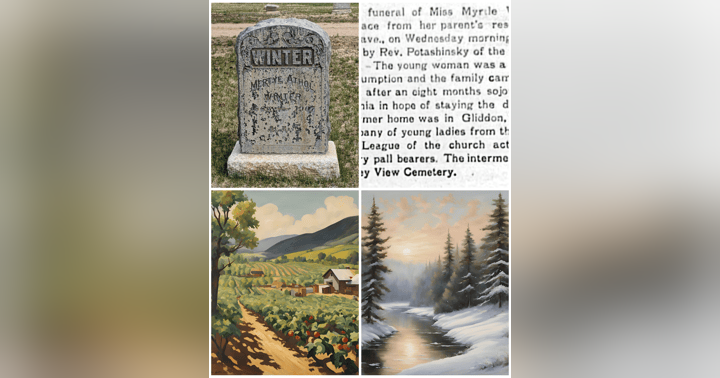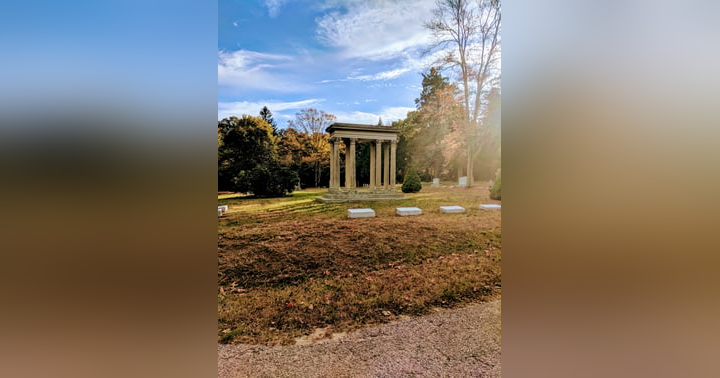Wyoming Becomes a Territory

July 25th, 1868, a significant chapter in American history began as President Andrew Johnson signed the incorporation of Wyoming as a territory. However, the history of this land dates back over 12,000 years when indigenous peoples, including the Clovis peoples, lived as hunter-gatherers.
Among Wyoming's many archaeological wonders is the Medicine Wheel, located on Medicine Mountain, east of Lovell. This ancient shrine, built with stone by a forgotten tribe, remains a mystery to this day. Its 28 spokes and 245-foot circumference continue to intrigue archaeologists and visitors alike.
When Wyoming became a territory, it was home to various nomadic tribes known as the Plains Indians. These included the Arapaho, Cheyenne, Sioux, Shoshone, and others. They lived in harmony with the land, although not always in harmony amongst themselves, until the arrival of European explorers.
In the mid 1800s beaver top hats were all the rage and drew early-day trappers to the Rocky Mountains. Renowned mountain men like Kit Carson, Jim Bridger, Davey Jackson, and Jedediah Smith ventured into the Wyoming territory in search of prized pelts.
As the Oregon Trail passed through the territory, several significant forts emerged as important stops along the trail. Fort Laramie, in southeastern Wyoming, played a crucial role in providing support for gold seekers, emigrants, Pony Express, and Overland stagecoaches, while also serving as a vital military post during conflicts with Plains Indians.
Wyoming's territorial legislature made history in 1869 when it became the first government in the world to grant "female suffrage." This landmark decision allowed Wyoming women the right to vote, in part to encourage more white women to settle in the area.
One of Wyoming's oldest settlements was Carbon, founded in 1868 along the Union Pacific Railroad line. The town's main industry was coal mining, which played a critical role in supporting the railroad's operations.
In its early years, Carbon was a scattered and disorganized settlement, facing challenges like infectious diseases and water shortages. However, by 1884, the town boasted a population of around 500 residents, with a "floating population" swelling to over 1,000 at times.
Tragedy struck Carbon on June 27, 1890, when a fire broke out, destroying the entire downtown business section. With only one coal mine still operational by that time, the town never regained its former prosperity and by 1902 was pretty much abandoned.
Carbon Cemetery, established in 1868, stands as one of Wyoming's oldest burial grounds. The cemetery's 239 marked graves, along with 98 documented burials without markers, reflect the diverse origins of the early residents, hailing from the British Isles, Finland, Sweden, Denmark, and Germany.
The cemetery has remained relatively unchanged since the 1940s when it became less frequently used. It stands as a poignant reminder of Wyoming's past, a testament to the people who once lived, loved, and contributed to the growth of this historic territory.
Photos: Carbon Cemetery - Carbon, Wyoming
#TuesdayTidbit #history #ushistory #Wyoming #WyomingHistory #cemetery #cemeteriesandgraveyards #cemeterystories #cemeterywandering















